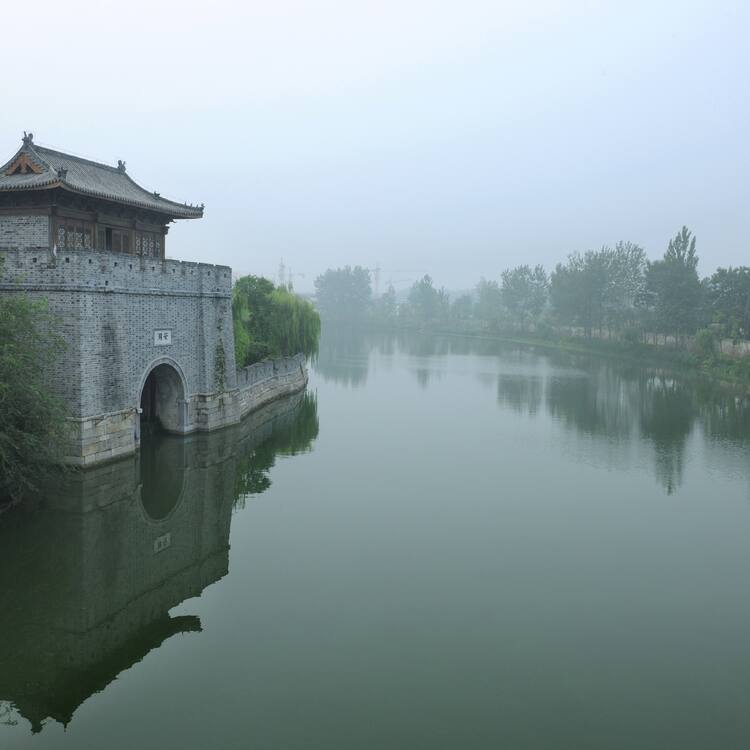The Grand Canal of China is a magnificent feat of engineering that was built to connect several important water systems throughout the country. This canal is considered to be the longest in the world, stretching for over 1,100 miles from the city of Beijing to the city of Hangzhou. The canal was constructed during the Sui dynasty, which ruled China from 581 to 618 AD.
One of the main purposes of building the Grand Canal was to connect the water systems of the Haihe River Basin, the Yellow River, and the Huaihe River. This was done to facilitate the transportation of goods and materials between these regions, as well as to provide a reliable source of water for irrigation and other purposes. The canal also connected the Yangtze River, Lake Taihu, and the Qiantang River, creating a vast network of waterways that spanned much of China.
The construction of the Grand Canal was a massive undertaking that required the labor of thousands of workers over many years. It was a challenging project because of the vast distances involved and the difficult terrain that had to be traversed. The canal was built by digging a long trench through the countryside and then lining it with bricks and stones to create a durable and watertight channel.
Despite the challenges, the Grand Canal was completed in the early 7th century and quickly became a vital part of China’s infrastructure. It remained an important transportation route for many centuries, allowing goods to be transported easily between differet regions of the country. It also played a key role in the development of China’s economy, allowing for the growth of trade and commerce across the country.
Today, the Grand Canal remains an important part of China’s cultural heritage and is a popular tourist destination. It is recognized as a UNESCO World Heritage Site and is visited by millions of people each year. The canal is also an important symbol of China’s long and rich history, standing as a testament to the ingenuity and determination of the people who built it.
Which Rivers Did The Grand Canal Connect?
The Grand Canal of China was a remarkable engineering marvel that connected the water systems of the Haihe River Basin, Yellow River, and the Huaihe River. Additionally, it linked the Yangtze River, Lake Taihu, and the Qiantang River. The canal was specifically designed to facilitate transportation and shipping of goods between the northern and southern regions of China. It is considered the longest canal in the world, crossing several natural rivers, and played a crucial role in China’s economic growth and development for centuries.

What Cities Did The Grand Canal Connect?
The Grand Canal of China, also known as the Beijing-Hangzhou Canal, connects two major cities in China, Beijing and Hangzhou. The canal stretches over 1,100 miles, and it also connects the two major rivers of China, the Yellow River and the Yangtze River. The canal was originally built duing the Sui Dynasty, and it has played a significant role in China’s history and economy. By connecting these two major cities, the canal has facilitated the transportation of goods, people, and ideas between the northern and southern regions of China. the Grand Canal of China is an important engineering feat that has shaped China’s history and culture.
Conclusion
The Grand Canal of China is a remarkable engineering feat that has played a significant role in the country’s economic, social, and cultural development. This ancient waterway has been in use for over a thousand years and has facilitated trade, transportation, and communication between differnt regions of China. It has connected major rivers and cities, allowing for the efficient movement of goods and people. The Grand Canal is not only a testament to the ingenuity and skill of ancient Chinese engineers but also a symbol of China’s rich history and heritage. Today, the canal continues to be an important part of China’s transportation network and a popular tourist attraction. Its significance and value have been recognized by UNESCO, which has designated it as a World Heritage Site. the Grand Canal is an impressive example of human achievement and a testament to the benefits of long-term planning and investment in infrastructure.
